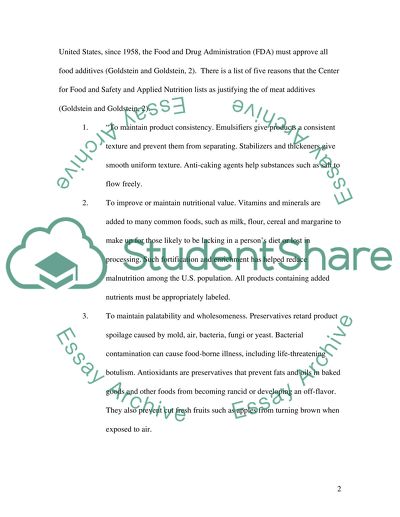Cite this document
(Food Additives in the Meat Industry Literature review, n.d.)
Food Additives in the Meat Industry Literature review. Retrieved from https://studentshare.org/family-consumer-science/1548064-food-additives-used-in-the-meat-industry
Food Additives in the Meat Industry Literature review. Retrieved from https://studentshare.org/family-consumer-science/1548064-food-additives-used-in-the-meat-industry
(Food Additives in the Meat Industry Literature Review)
Food Additives in the Meat Industry Literature Review. https://studentshare.org/family-consumer-science/1548064-food-additives-used-in-the-meat-industry.
Food Additives in the Meat Industry Literature Review. https://studentshare.org/family-consumer-science/1548064-food-additives-used-in-the-meat-industry.
“Food Additives in the Meat Industry Literature Review”, n.d. https://studentshare.org/family-consumer-science/1548064-food-additives-used-in-the-meat-industry.


